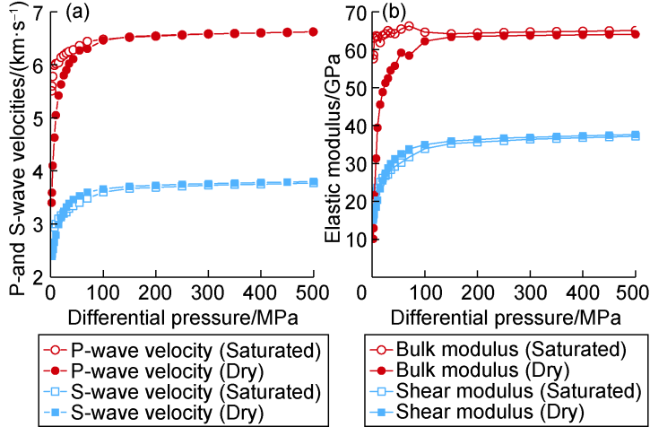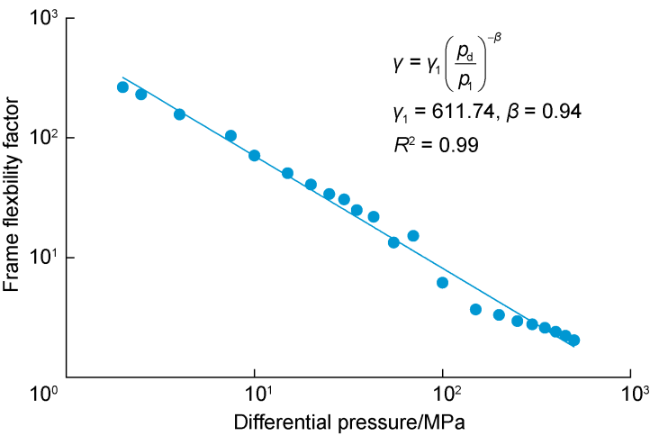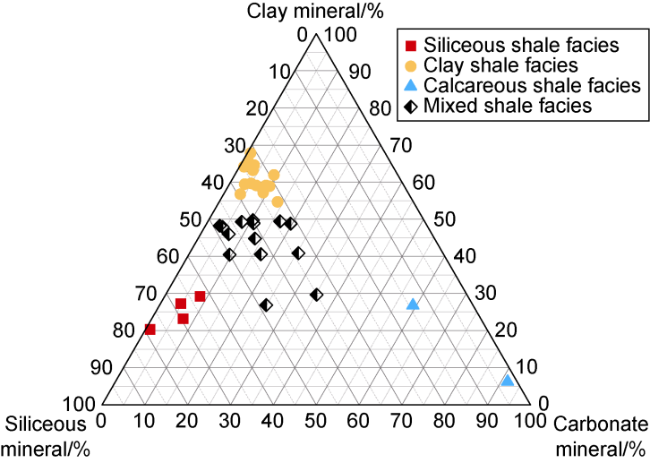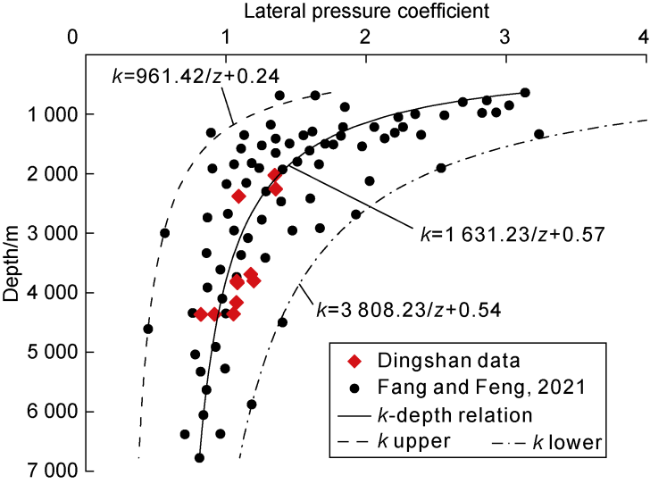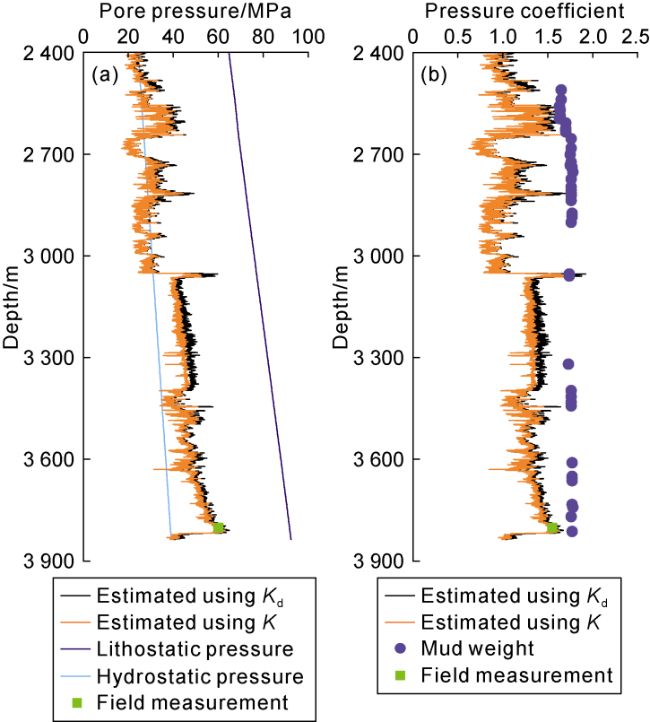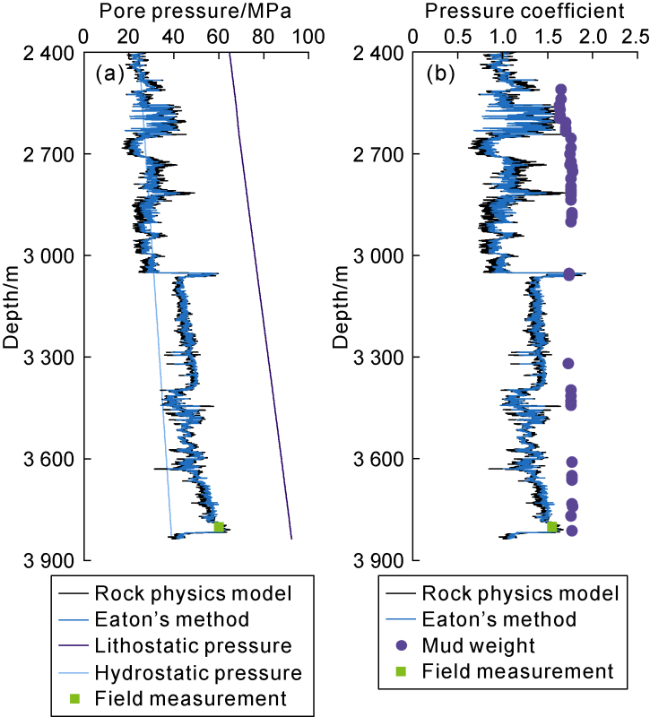Fig. 6 shows the variation of
k with depth and the relation to calculate
k from depth in the eastern Sichuan Basin.
k generally decreases with depth, whereas the variations of
k at the given depth reveal the various effects of distinct tectonic evolution on horizontal stress in different regions
[73]. At the depth less than 1000 m, the large value and broad range of
k manifest the extremely strong impact of horizontal stress on lithostatic pressure. As depth increases from 1000 m to 4000 m,
k decreases and the range narrows considerably, which means that the influence of horizontal stress gradually diminishes. In the deep formations below 4000 m, the value of
k approaches 1, implying that the primary contribution of overburden pressure on lithostatic pressure could be assumed. Considering the effect of horizontal stress is thus essential for pressure analysis especially in shallow formations. Relations between
k and the reciprocal of depth are plotted in
Fig. 6. The regression curve indicated by solid line agrees well with laboratory measurements from Fang and Feng
[73] and the Dingshan samples, which is used for
k calculation in the Dingshan area with the parameters
A and
B taking values of 1631.23 and 0.57, respectively. The lithostatic pressure can then be calculated using Eq. (21).



